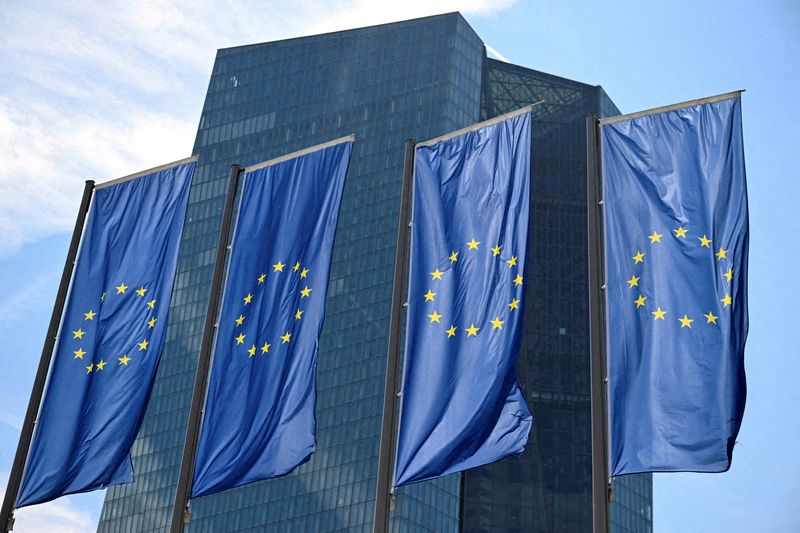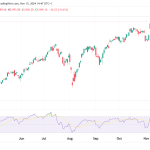
FRANKFURT (Reuters) – A European Central Bank rate cut last month was seen as an insurance move against unexpectedly low inflation but policymakers appear divided on the risk of excessively low price growth, the accounts of their Oct 16-17 meeting showed on Thursday.
The ECB cut rates for the third time this year in October and made clear that further easing is coming given a weak economy and diminishing price pressures, even if the timing and size of policy moves remained open.
“Acting now could provide insurance against downside risks that could lead to an undershooting of the target further ahead and would support a soft landing,” the ECB said, acknowledging that only limited new information was available.
If these few indicators were a blip and misled expectations about weak inflation, the bank could then simply avoid a rate cut in December, the accounts suggested.
“If the slowdown signalled by indicators of economic activity and the downside surprise to inflation proved to be temporary, a decision to cut rates now could, ex post, turn out as merely having brought forward a December cut,” the ECB added.
However, the accounts also seemed to reveal disagreement over just how weak price pressures may be.
Policymakers were in agreement that inflation would hit 2% earlier than previous projections for the end of 2025 but there were different views on what came after.
One group seemed to argue that undershooting the target was not on the cards.
“Such a scenario of undershooting probably required a combination of factors that were not yet present,” the accounts said.
“These included disappointing economic growth that moved into recessionary territory, a weakening in the financial system, wage pressures fading away and a downward shift in inflation expectations.”
But there was another group who thought the problem was deeper and the ECB was at risk of going below its target, an outcome the bank considers as undesirable as overshooting.
“By contrast, it was also suggested that the change in the inflation outlook had been more significant,” the accounts said.
They argued that downside inflation surprises and rapid changes in market expectations pointed to an increasing risk of undershooting the target, possibly in a sustained manner.
“This could now be seen as a greater risk than overshooting the target,” they said.







